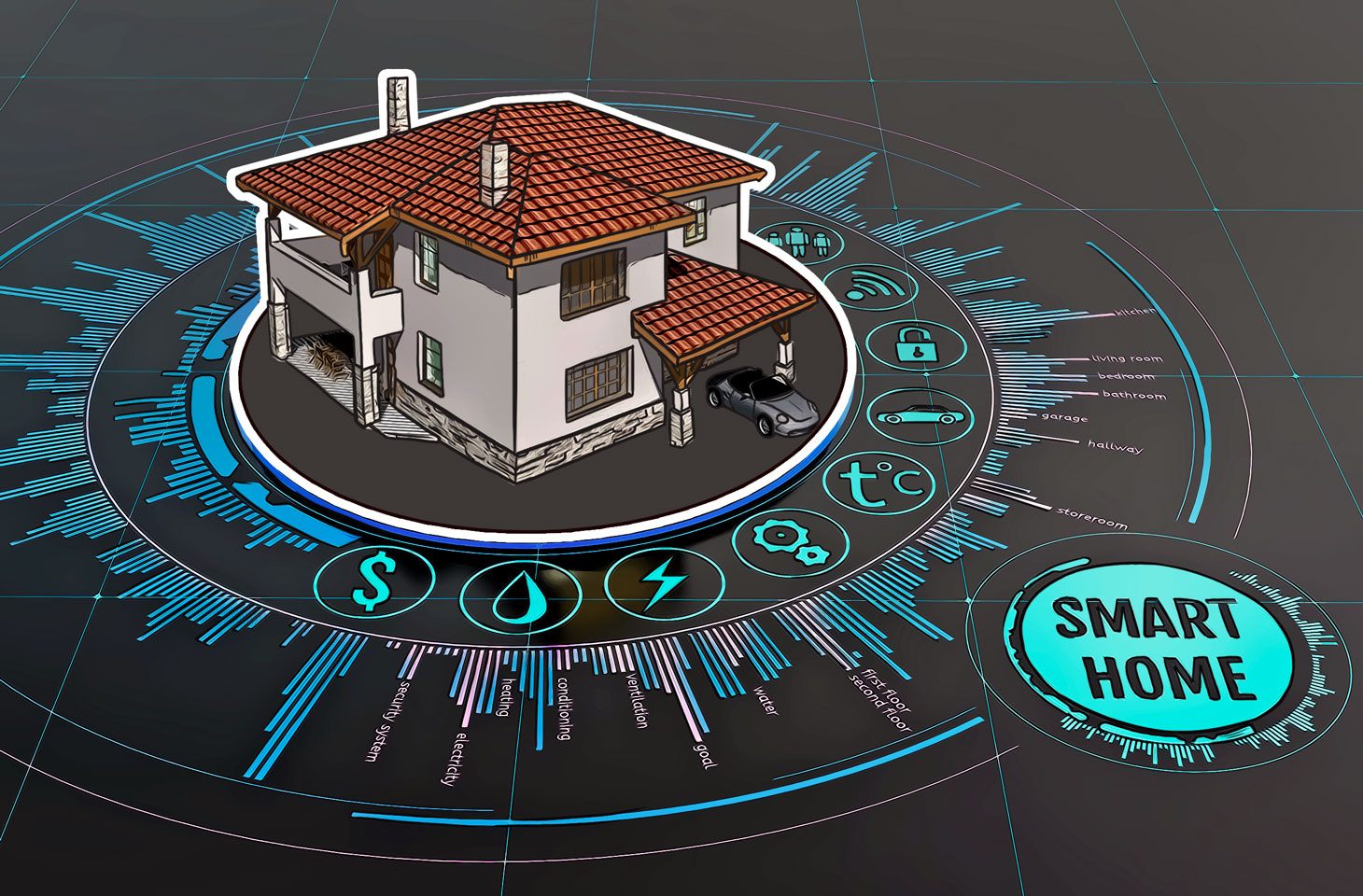
Quantum computers and cryptography for dummies
We explore how encryption protects your data and why quantum computers might shake things up.
156 articles

We explore how encryption protects your data and why quantum computers might shake things up.

At WWDC 2020, Apple rolled out App Clips for iOS. We explain what that — as well as Android Instant Apps — is.

Zoom developers have made their service more secure. We review what’s changed.

It’s hard not to worry when you don’t know where your child is. We explain how to pinpoint their location and save your nerves.


Researchers found a way to create fake fingerprints to fool many devices, although it took a lot of effort.

Using simple tools such as lasers and music to trick voice assistants and motion sensors.

We examine the workings of emotion-recognition technologies, their usefulness, and the privacy concerns they inspire.

Is there Internet on the ISS, what is it like, and how long does it take to get a message from Mars — learn about the networks of today and the future.

Smart home systems, drones, AI — we discuss the new trends and technologies in the field of home security.

Hacking security cameras through a smart light switch — and other interesting features of smart homes.

Apple to roll out a system of its own for quick login to websites and apps. Learn what makes it different from similar offers.

Eugene Kaspersky’s thoughts on the latest updates to our Earth 2050 futurological project.

Emulator in Kaspersky Lab products: what is it and why it’s so important for antivirus to have one.

Has your sat nav ever insisted you are somewhere you are clearly not? Welcome to GPS spoofing.
Artificial intelligence assists judges, police officers, and doctors. But what guides the decision-making process?

We explain how ultrasound and audio recordings hidden in background noise can be used to control voice assistants.

Analysis of a German sex toy reveals all sorts of vulnerabilities.

New iPhones support eSIM technology. We explain what it is and who will soon be using it.

Security researchers found several ways to compromise hardware cryptocurrency wallets made by Ledger and Trezor.